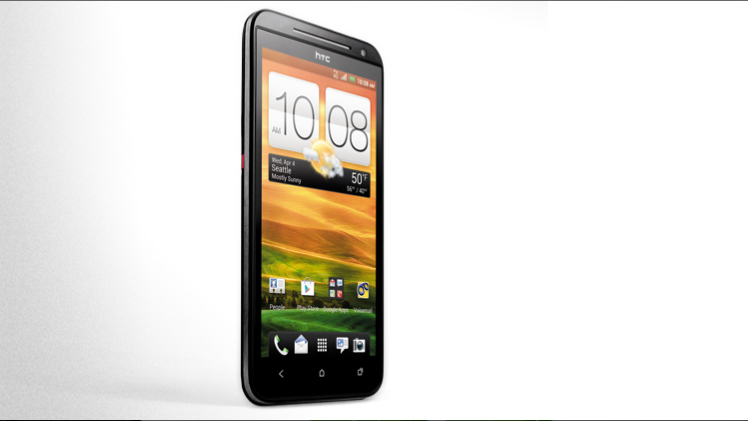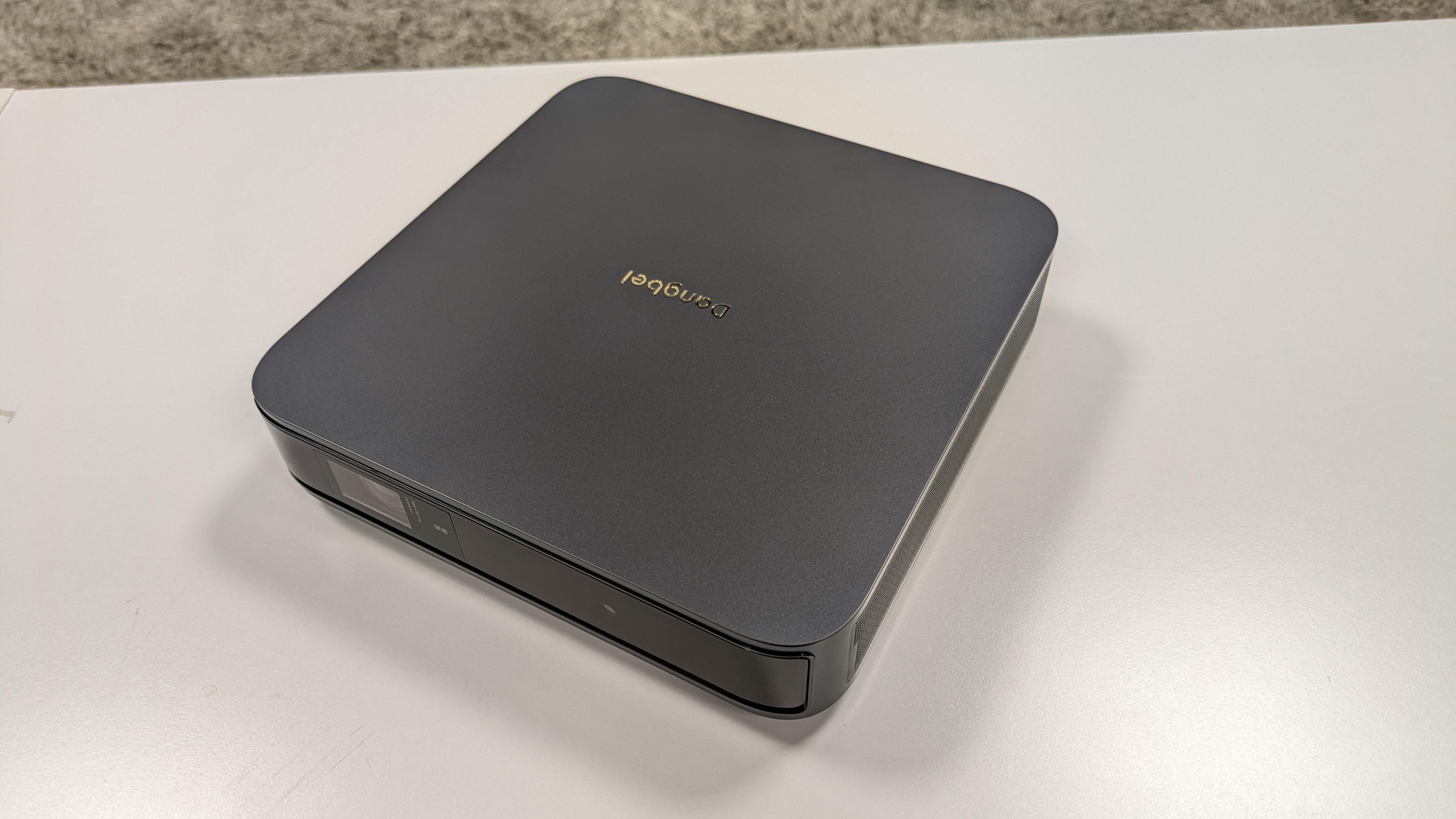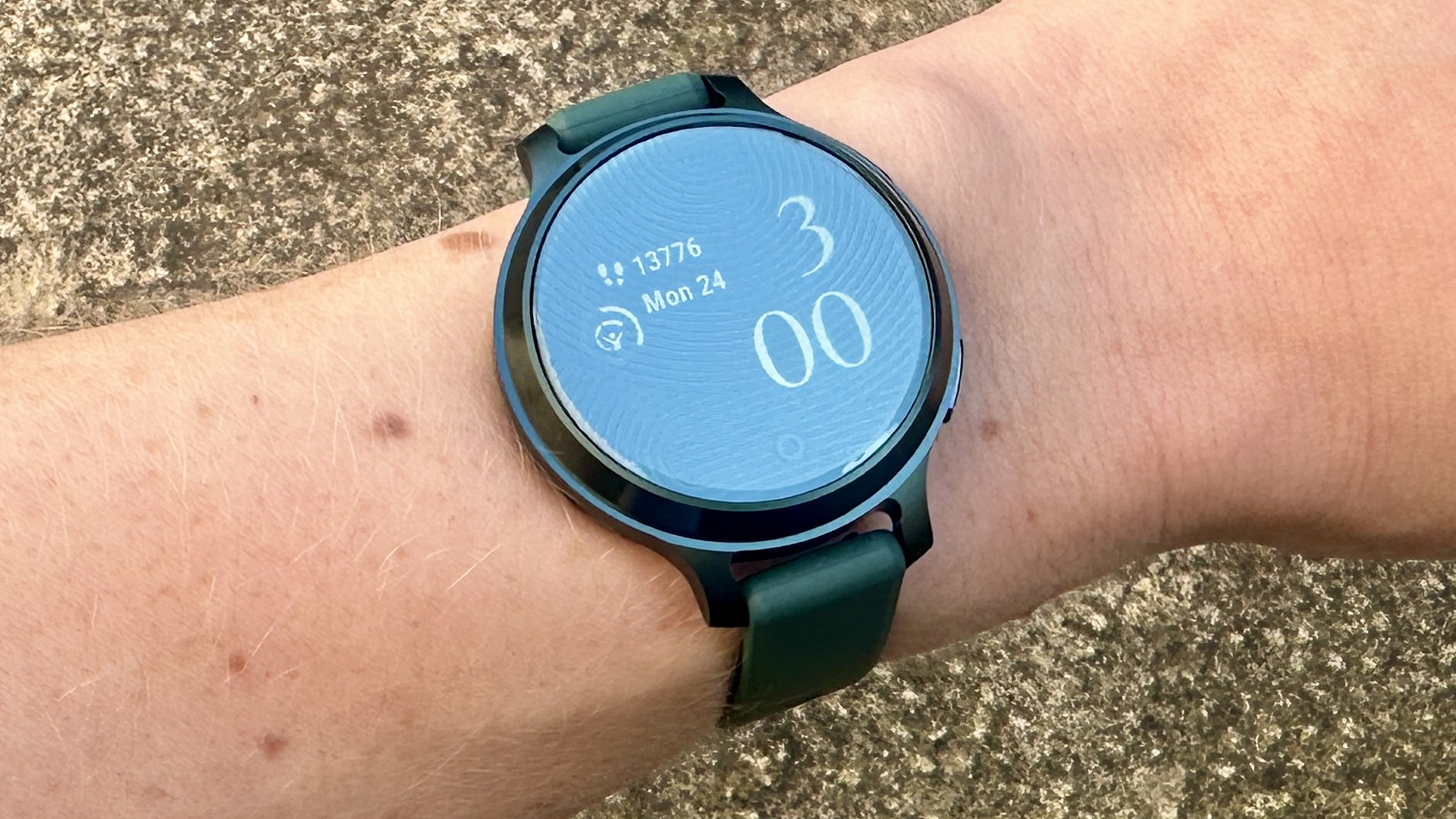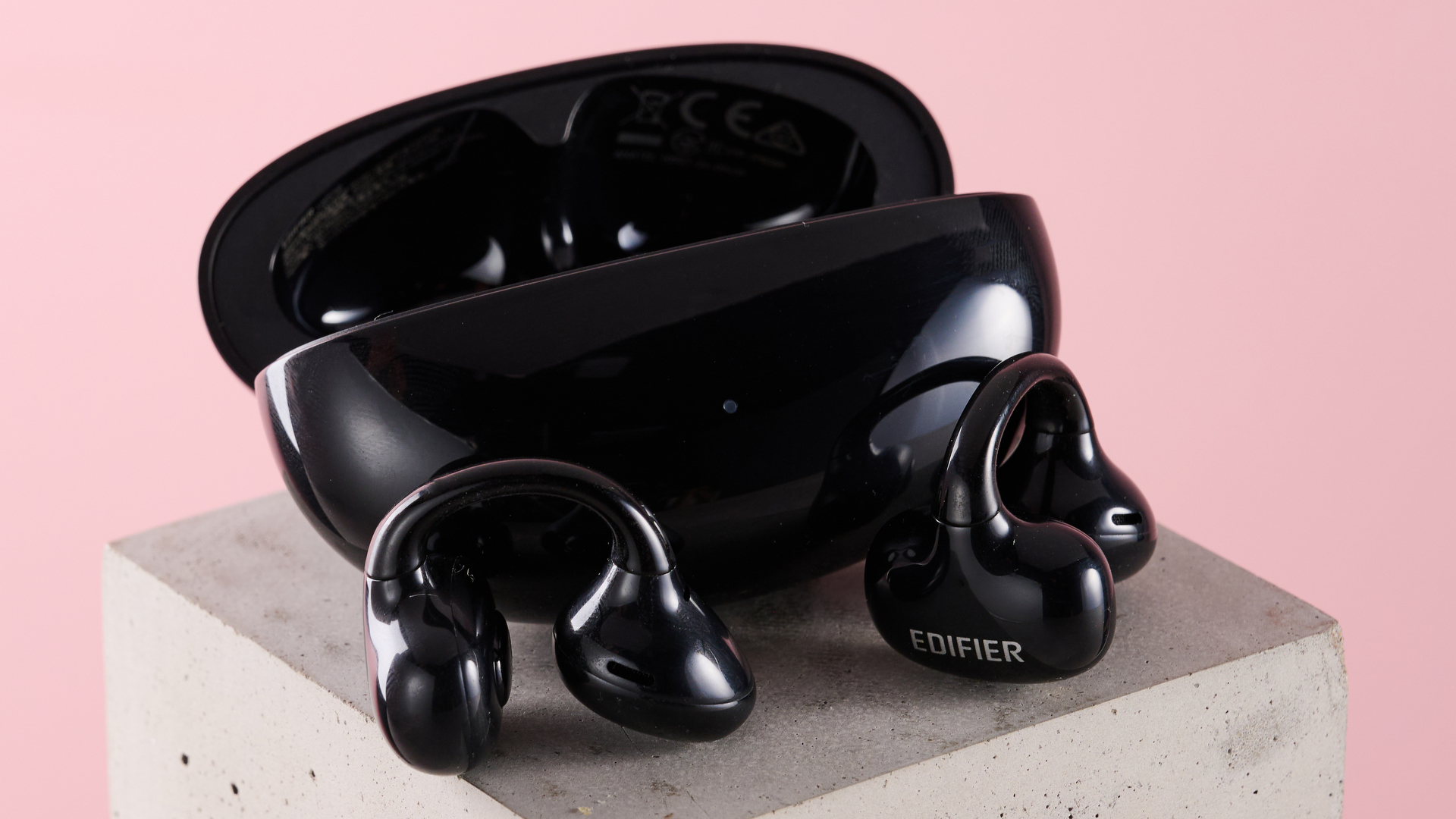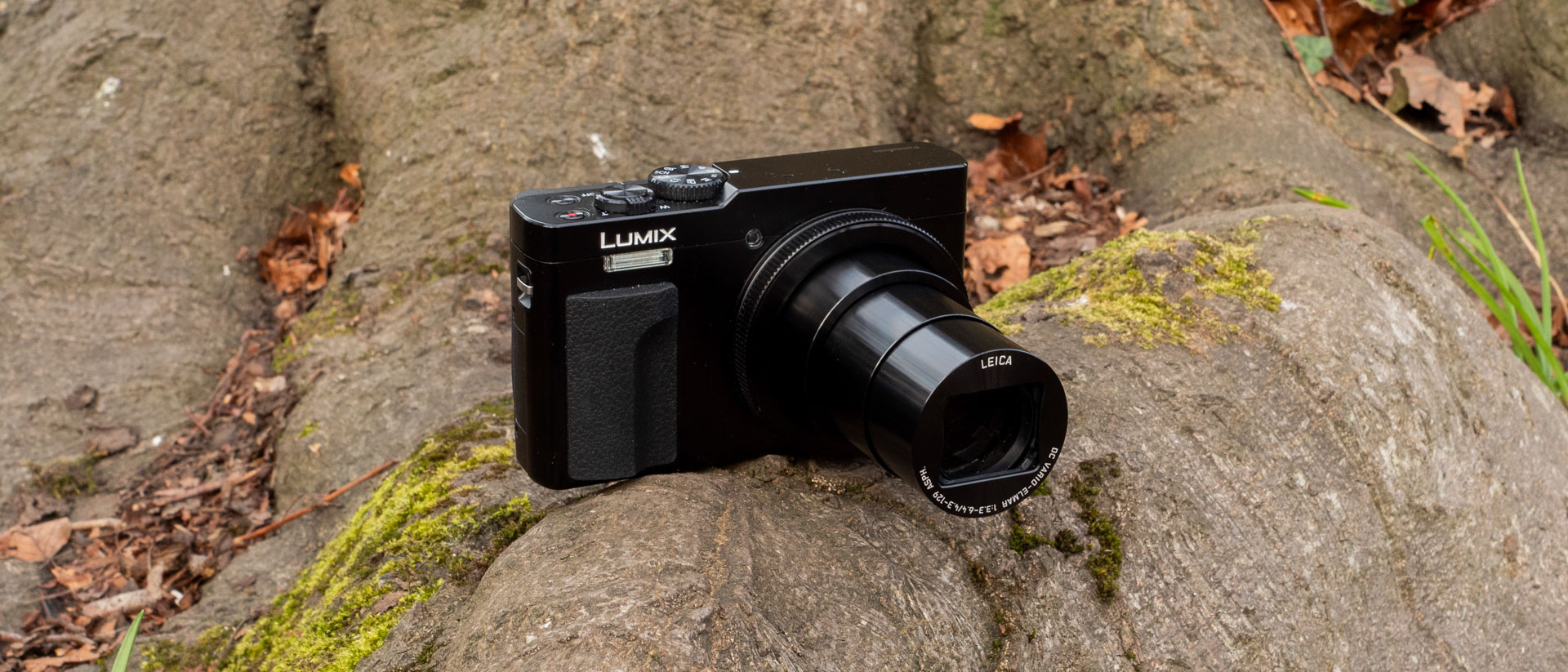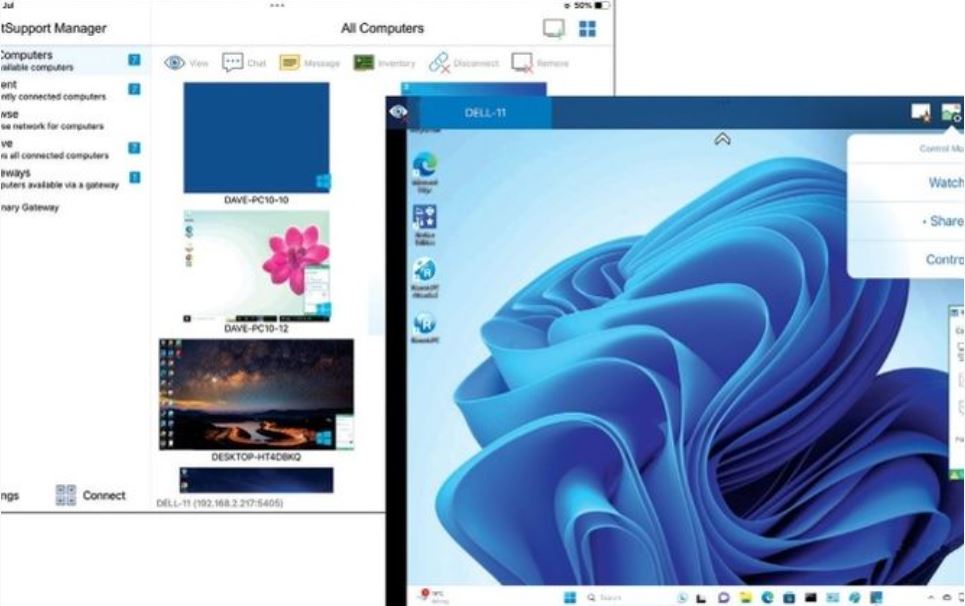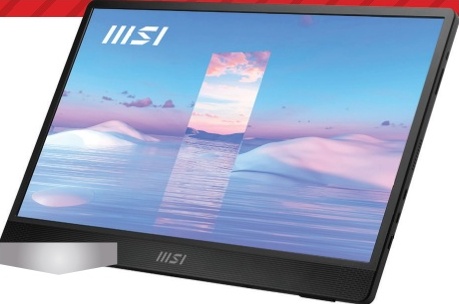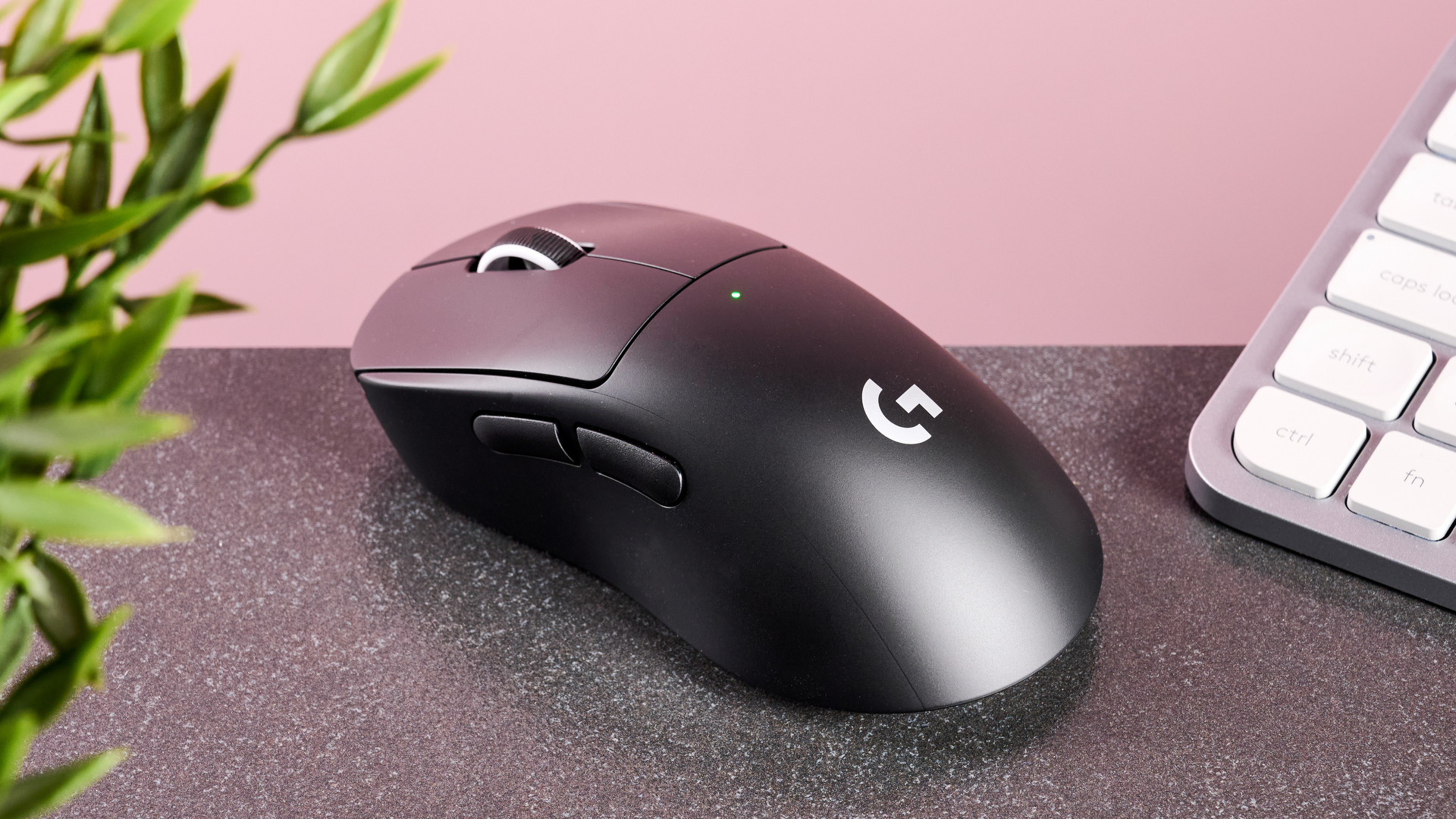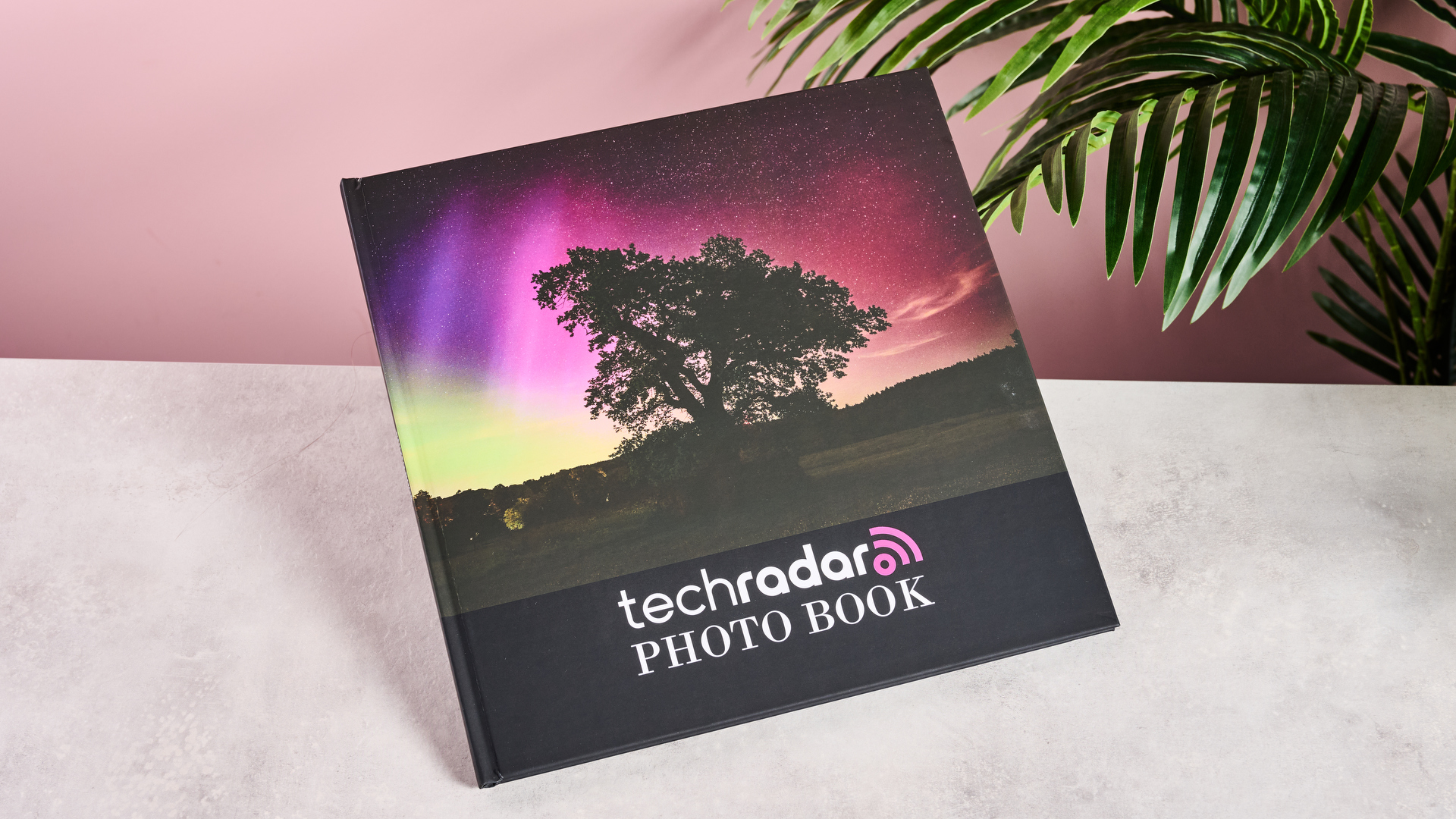Why you can trust TechRadar
Battery
The battery of the HTC Evo 4G LTE is not removable, and while it's not the best battery we've ever encountered (that award goes to the Droid Razr Maxx), it's certainly better than the HTC One X.
The reason is simple - it's bigger. While the HTC One X maxes out at 1800mAh, the HTC Evo 4G LTE (somehow) manages to cram in a 2000mAh battery. Coupled with the fact that there's really no LTE to speak of on Sprint, that means the battery stays alive as long as you'd hope.
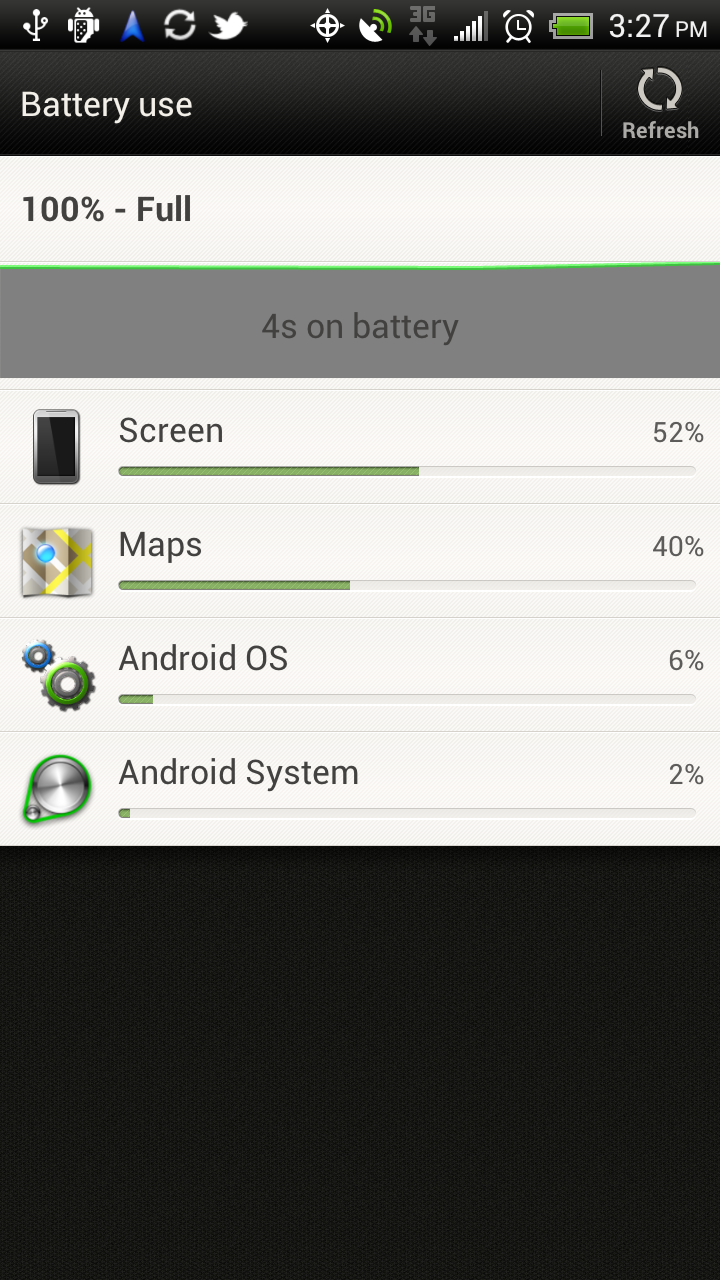
The HTC Evo 4G LTE has an advertised 12 hours talk time, 150 hours standby time. Surfing is equally impressive without the drain of LTE on the phone.
However, the screen is huge, and is the main power-suck on the battery. Any intense display usage, from a movie or an app will predictably kill your battery faster than you'd like.
That also means that Nyan Gareth would likely do some damage to the Evo 4G LTE, but that extra battery space might not make it quite as drastic. The Evo 4G LTE easily lasts a day under light to slightly-heavier-than-medium usage.
Connections
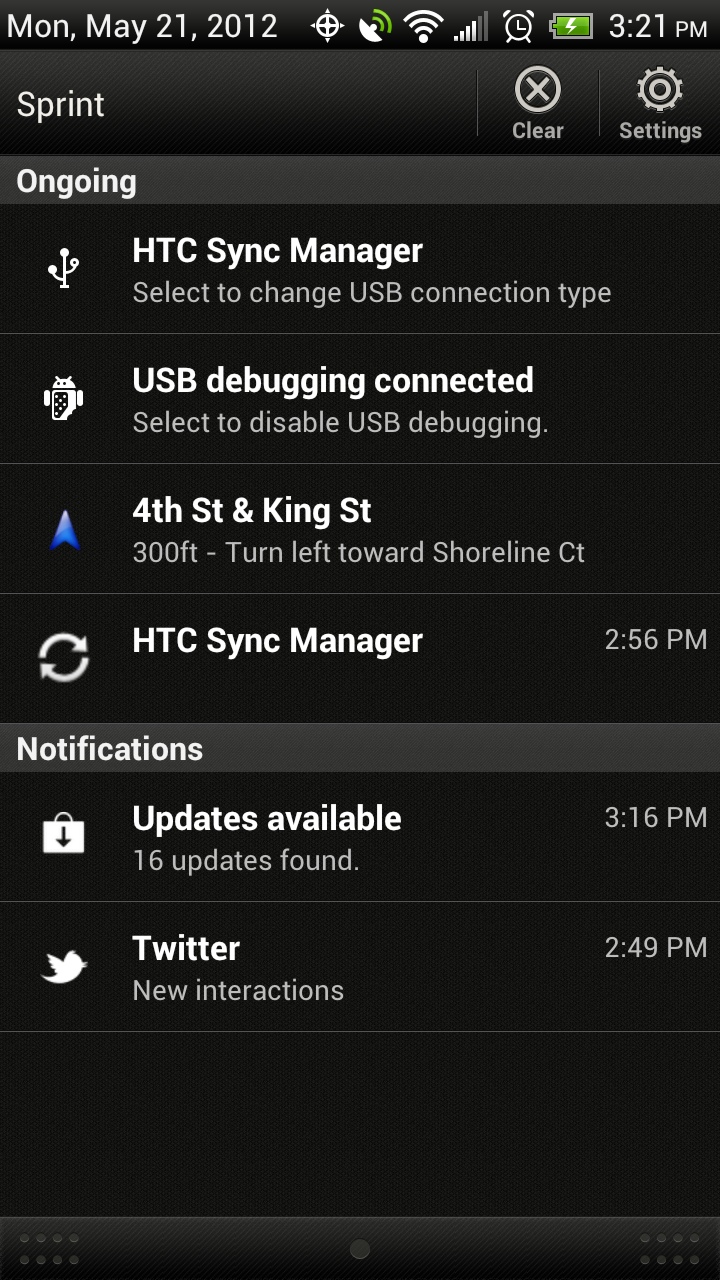
The HTC Evo 4G LTE has the standard range of high-grade connections - from Bluetooth 4.0 to Wi-Fi 802.11n. It also comes packing NFC, which can take advantage of Google Wallet, which is kindly left alone on the phone by Sprint.
The Evo 4G LTE also has Google Beam (hidden under a few layers of settings), so you can beam some Google Maps or YouTube videos to your friends on other Ice Cream Sandwich-NFC enabled phones (like, say, the HTC One X).
The HTC Evo 4G LTE has the same power to connect to a TV with a dongle not included in the box, via the microUSB port on the phone's left edge.
Nic is a former Online Editor at TechRadar in San Francisco. He started as a games journalist before becoming an editor at Mac|Life magazine. He holds a degree in English Literature and English Writing from Whitworth University.
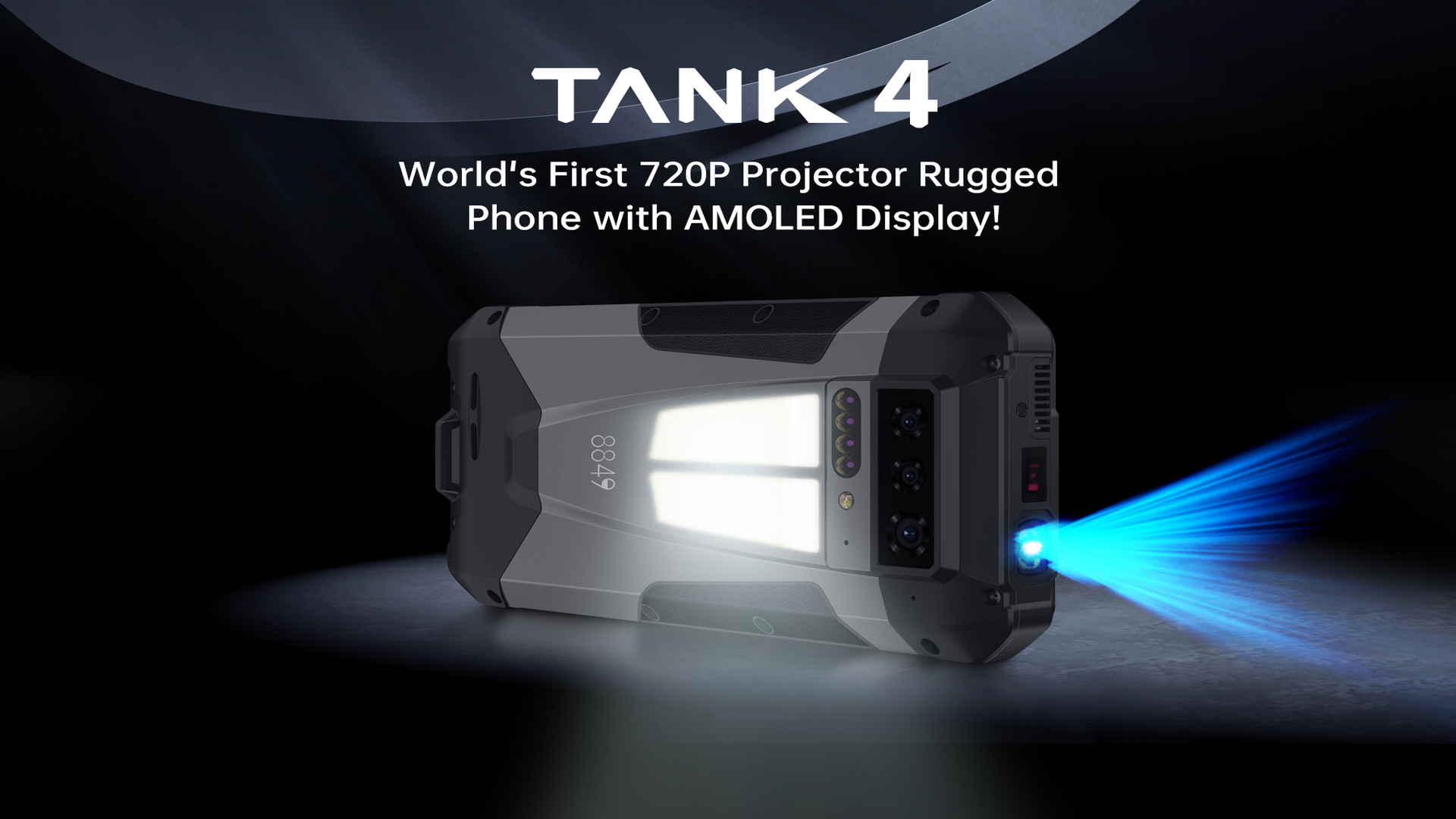
This smartphone puts a 100 lumens HD DLP projector in your pocket, a powerful camping light and even a low-light camera for nocturnal excursions
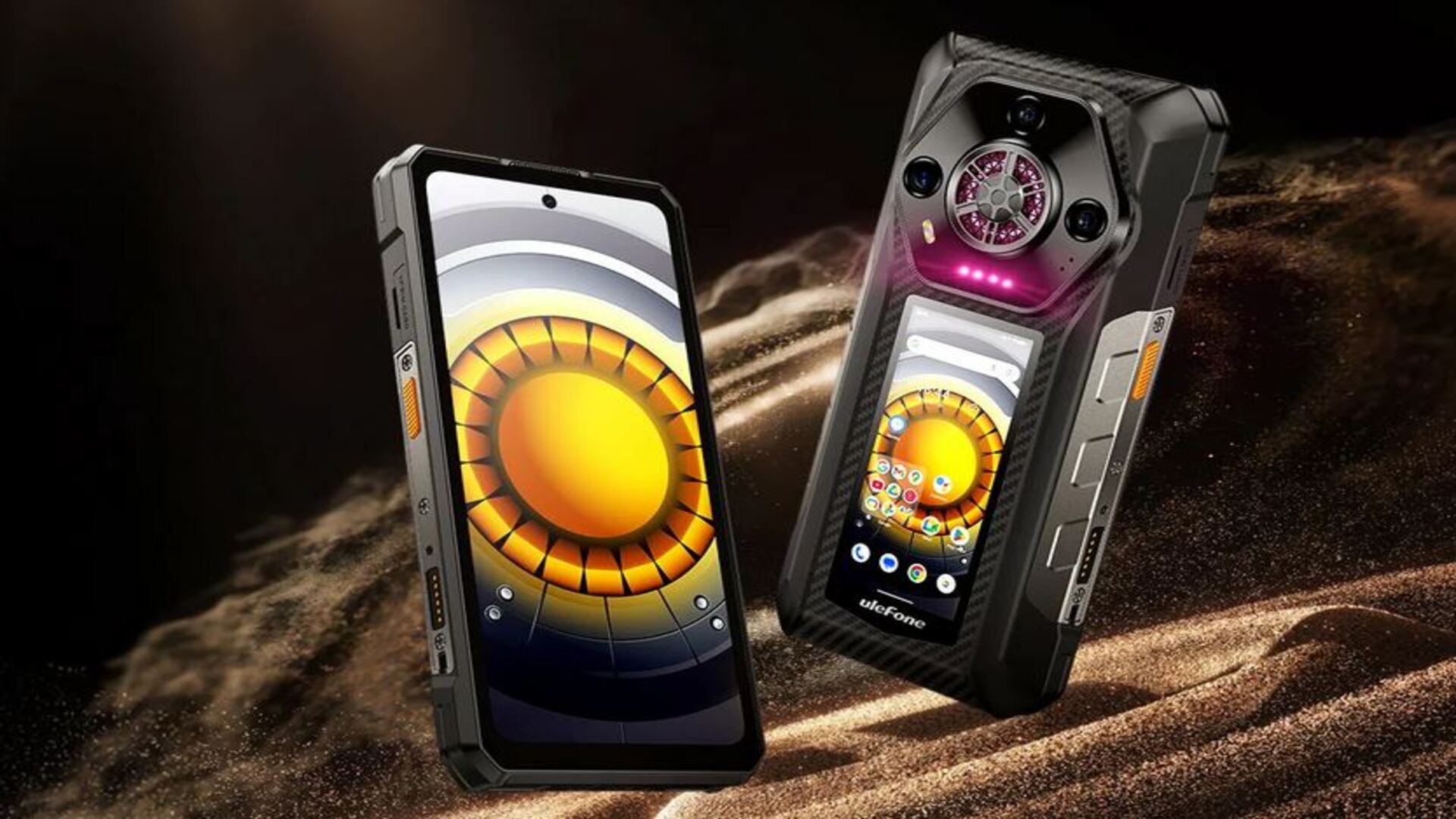
I can't believe I had to wait so long to see the first true dual-screen smartphone, and it even has a waterproof loudspeaker
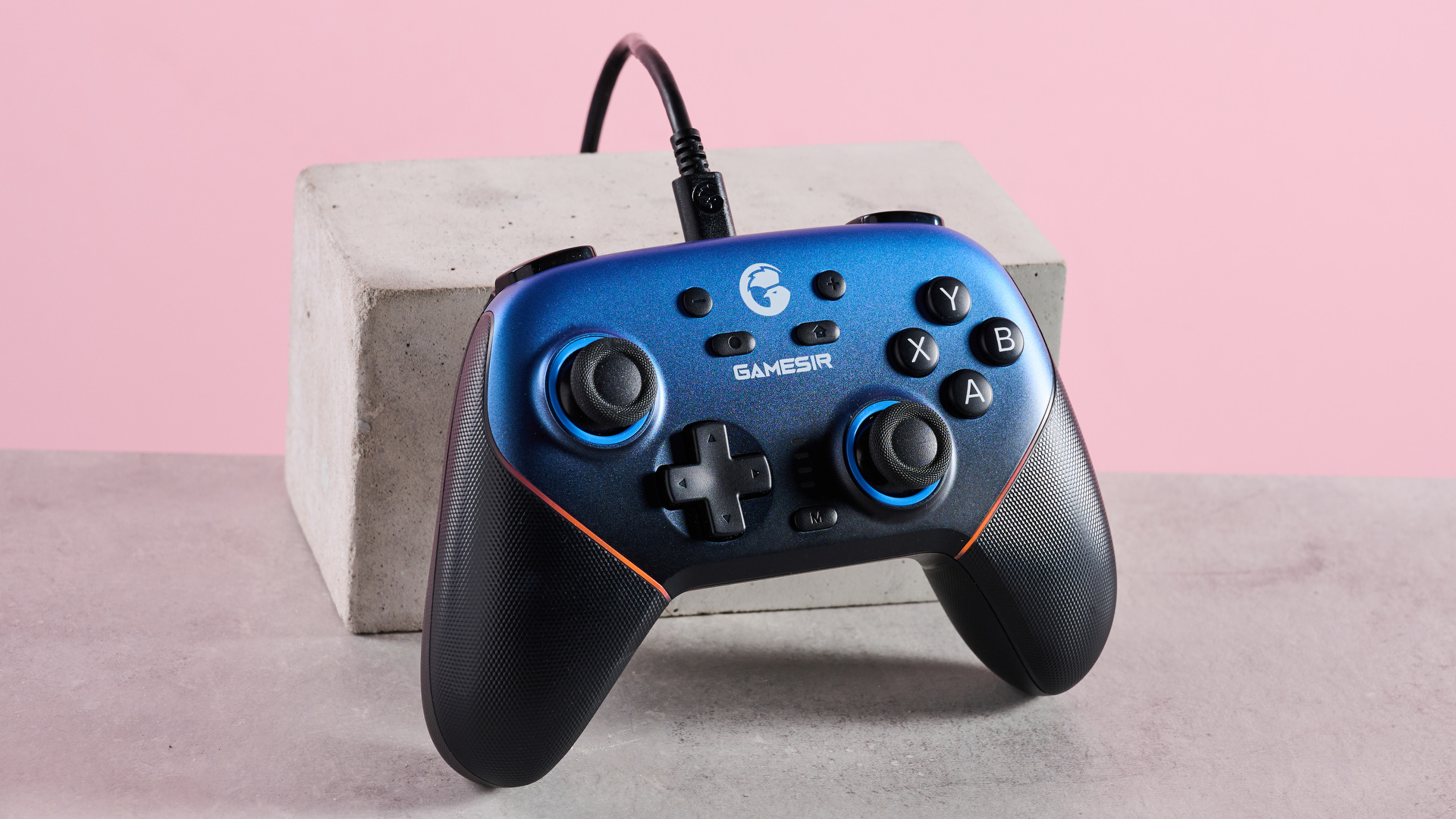
I can't quite believe how many customization options there are for the GameSir Super Nova, but it’s not without a few faults
